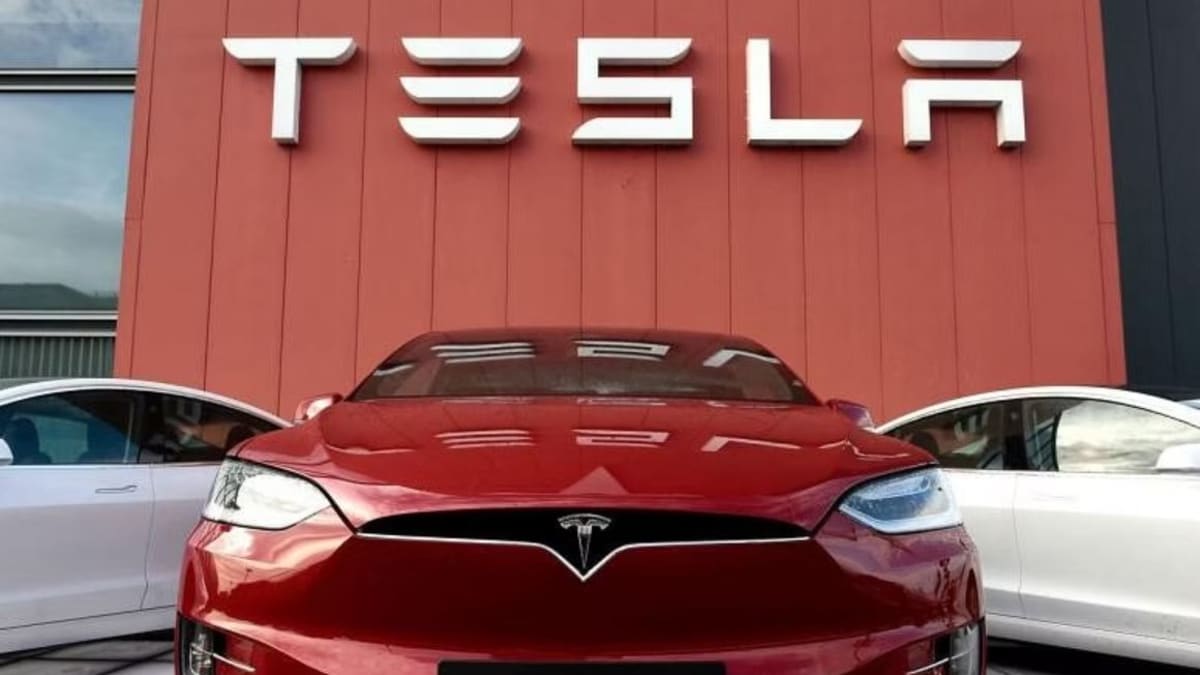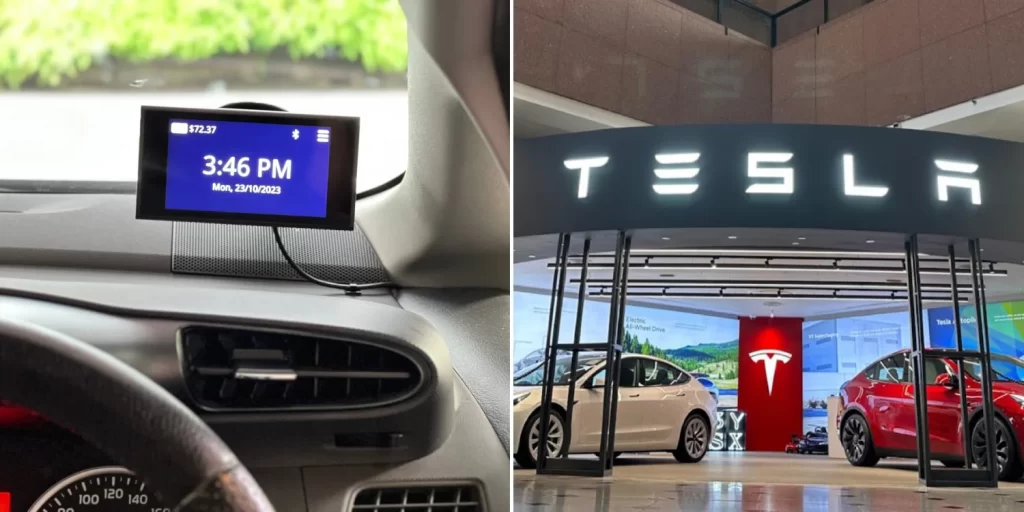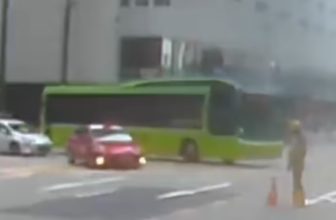
The Land Transport Authority reports that the installation of ERP 2.0 units for new vehicles, including electric cars from various manufacturers, is proceeding according to schedule.
The implementation of Singapore’s satellite-based Electronic Road Pricing system, ERP 2.0, in new vehicles has faced a delay specifically for Tesla cars.
Originally, all new vehicles registered from May 1 were intended to come pre-fitted with the ERP 2.0 on-board unit (OBU), replacing the in-vehicle unit (IU) used in the previous ERP system. However, this plan has been delayed for Tesla vehicles.
The Land Transport Authority (LTA) mentioned on Thursday (May 16) that they are currently finalizing the technical installation details for Tesla vehicles in collaboration with Tesla Singapore. They did not provide a specific reason for the delay but assured that the installation of ERP 2.0 units in new Tesla cars will be conducted at a later date.
Meanwhile, the installation progress for ERP 2.0 units in all other new vehicles, including electric vehicles from other manufacturers, is proceeding smoothly according to plan, as stated by the authority.
LTA initiated the installation of ERP 2.0 units in August last year with a select group of early adopters, followed by company vehicles in November. The rollout then extended to existing motorcycles and new cars in May of this year.
As of the beginning of May, over 18,000 vehicles have been equipped with these units.

Staff members have confirmed that new Tesla vehicles do not come equipped with the ERP 2.0 units but instead have the older IUs installed.
Several Tesla car buyers, speaking to CNA, expressed their disappointment as they were hoping for the ERP 2.0 units to be pre-fitted in their cars. They either weren’t given the option or discovered that the units were not installed upon receiving their vehicles.
One driver in his 40s, set to collect his new Tesla car later this month, shared that the salesperson informed him that his vehicle would not have the ERP 2.0 unit. While he doesn’t mind the new OBU, his main concern revolves around its compatibility with Tesla’s electronics.
“The thing is, I don’t know if there are any challenges with installing the new OBU on an electric vehicle due to complications with the electronics,” the driver expressed.
Alvin Khoo, a 39-year-old who recently purchased a new Tesla and received it at the end of April, shared his surprise that Tesla staff did not inquire in advance about his preference for the new OBU unit in his car, especially given that it was before the May 1 deadline for pre-fitted ERP 2.0 units in new cars.
Despite the timeline, Mr. Khoo’s Tesla arrived with the old IU instead of the expected ERP 2.0 unit. Expressing his frustration, he mentioned, “I would’ve expected the car to have the new (ERP 2.0 unit) so I won’t have to spend a few hours to get it replaced.” Mr. Khoo, who manages a live band company, found it frustrating that his vehicle did not come with the anticipated upgrade.
Despite the initial frustration, Mr. Khoo is finding a silver lining in the delayed ERP 2.0 unit rollout. He now has the flexibility to choose where to place the card reader, whether in the passenger’s footwell or the driver’s footwell. This choice was not initially available during the installation process, but LTA clarified this month that car owners could opt to position the unit on the driver’s side.
This adjustment followed complaints from some drivers who found it challenging to access the card reader when placed on the passenger side. Additionally, LTA introduced a new feature allowing motorists to disable their payment card directly from the touchscreen, eliminating the need to physically remove the card from the unit.
In response to public concerns regarding the ERP 2.0 system’s compliance with global electronic device standards, LTA addressed these issues on Tuesday, affirming that the OBUs meet all relevant international benchmarks, dismissing any doubts about their quality and functionality.
WHAT MAKES A TESLA CAR DIFFERENT?
Associate Professor Zhou Yi from the Engineering Cluster at the Singapore Institute of Technology shed light on why Tesla vehicles require additional technical assessments before being equipped with an OBU. The complexity lies in Tesla’s sophisticated electronics system.
“Tesla and many electric vehicles are equipped with a battery management system that is meticulously designed for space optimization, energy efficiency, heat ventilation, and safety,” he elaborated.
“Integrating ERP 2.0, as a third-party permanent installation into the car’s power system, necessitates thorough testing to ensure it does not compromise the power system’s performance, unless there is a separate power supply for external devices.”
Prof. Zhou emphasized that a more efficient and sustainable approach would involve integrating the ERP 2.0 application directly into Tesla’s system, allowing it to appear on the in-vehicle screen seamlessly.
“For other electric vehicles compatible with Apple CarPlay or Android systems, installing the ERP 2.0 app should be straightforward,” he added.




